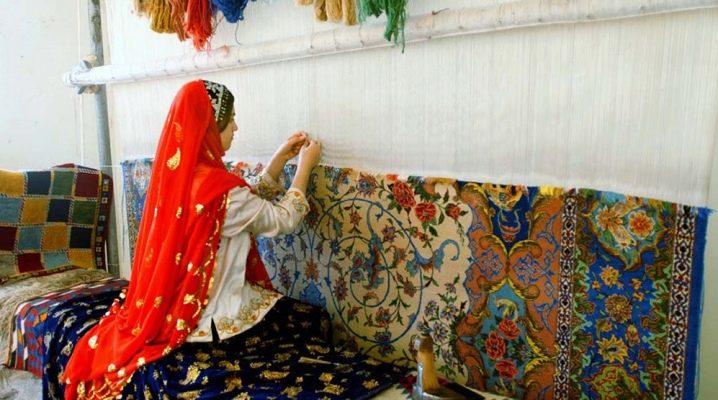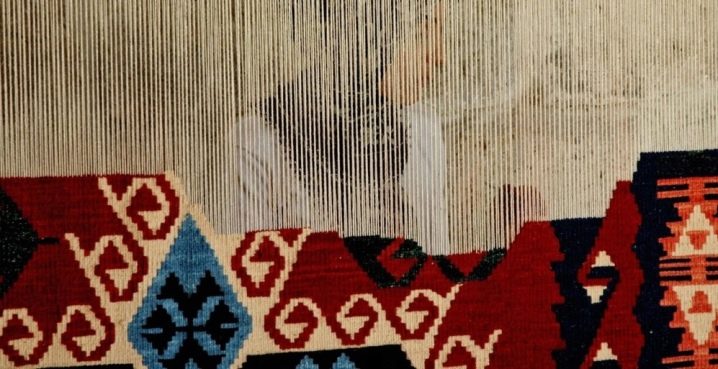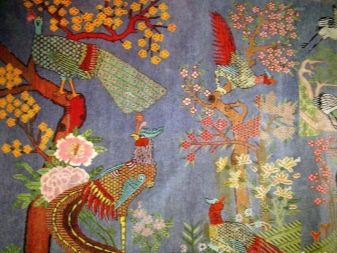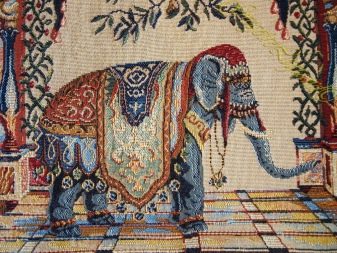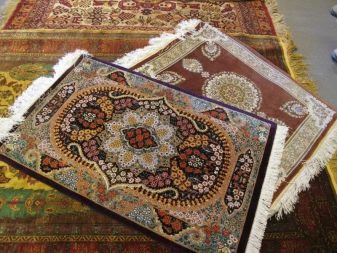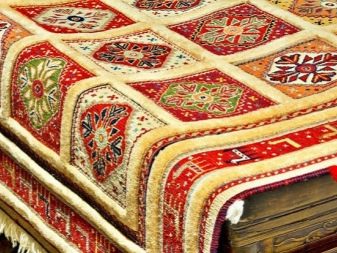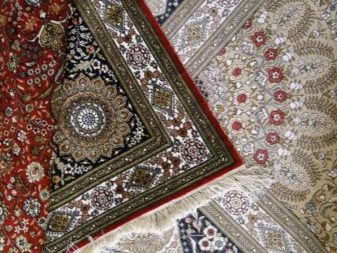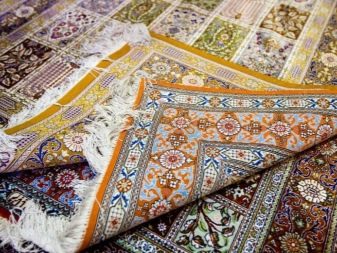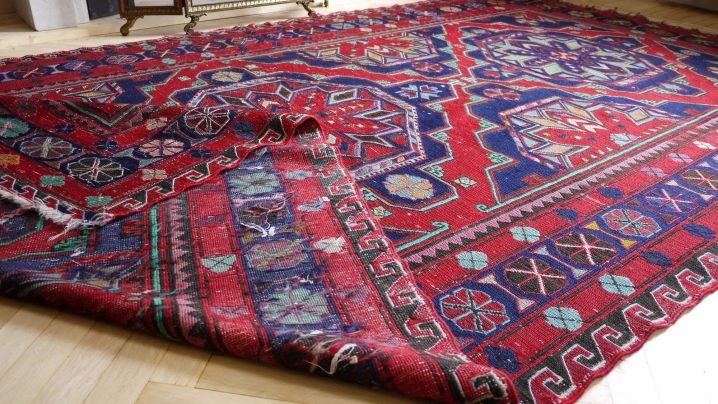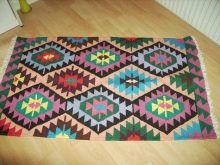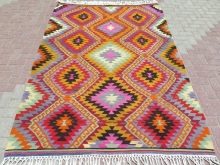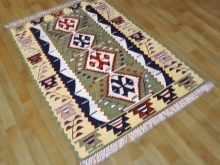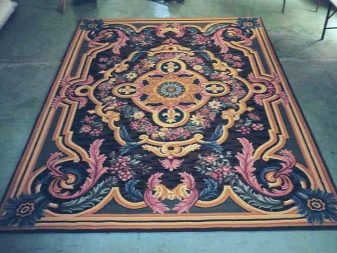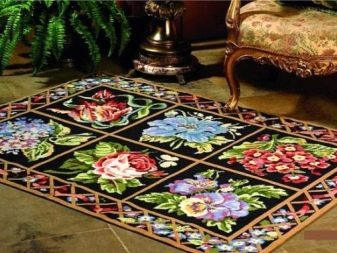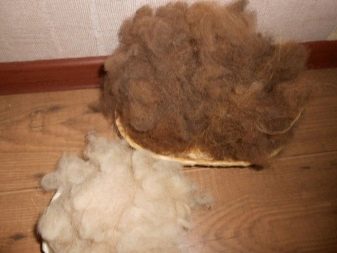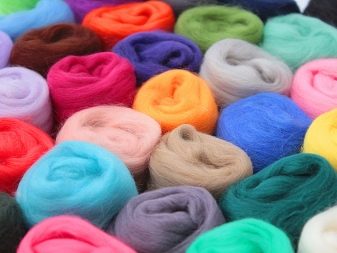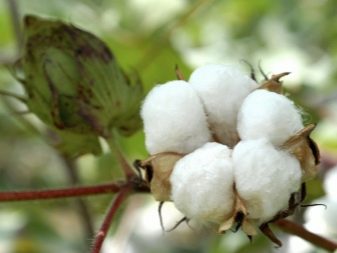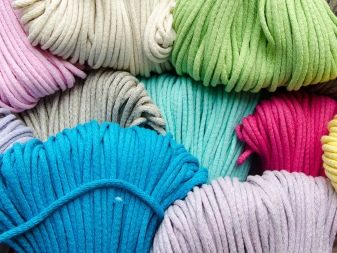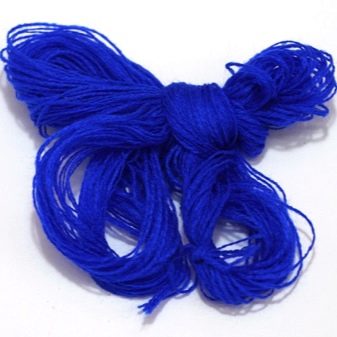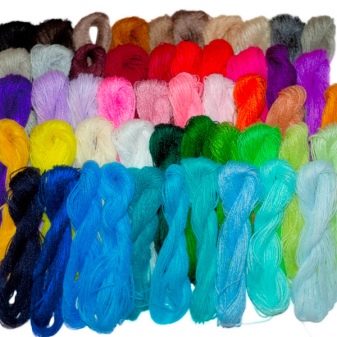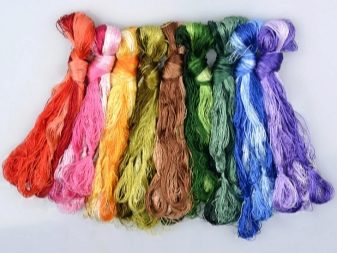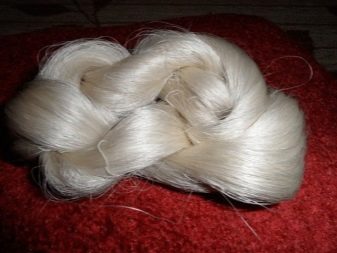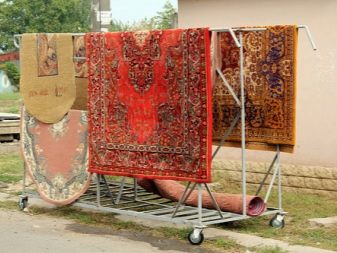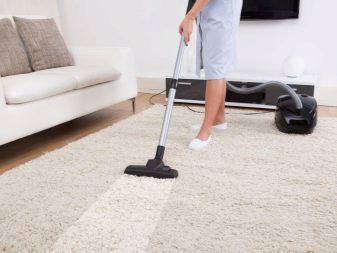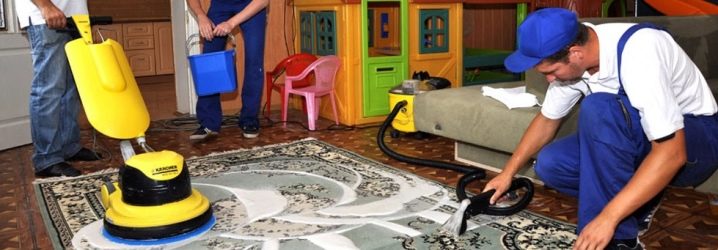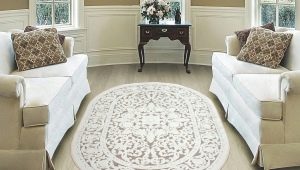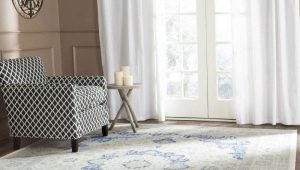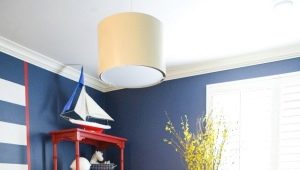Woven carpets
Many centuries ago, woven carpets from the East are a popular and sought-after piece of furniture. They have no lint and are made from wool, cotton, silk or synthetic materials. In manufacturing, the principle of simultaneous weaving of weft transverse threads with longitudinal threads of the warp is used. The process is carried out on special weaving machines. The drawing is created either with the help of embroidery on an already finished canvas, or in the manufacturing process, when weft cross threads have different colors and form the desired pattern.
Special features
Woven carpets possess nearby positive properties:
- high quality products and unique pattern;
- the use of mainly natural materials, which increases the wear resistance and durability of carpets;
- ease of care. Products are easy to clean and retain their original appearance for a long time;
- low cost in comparison with pile models.
There are a number of disadvantages:
- due to the use of natural materials it is possible the manifestation of allergic reactions;
- prone to damage by moths;
- There is a possibility of mold, mildew and pathogens.
Species
Homespun carpets are divided into the following types according to the production technology and production materials:
- Palaces. The most simple technique for making carpets. On the machine frame, the threads are tightly stretched, from which the carpet fringe is formed. They are not visible on the finished product. The weft thread plays the role of a generator and forms a pattern of carpet. Both sides of the finished product are equivalent. Due to its practicality and the possibility of choosing budget options, carpet is the most common and popular type of woven carpets;
- Sumahi Lint-free carpets in which the transverse weft thread is interrupted after weaving rows of different colors. For this reason, there are cracks in the products between the joints of neighboring ornaments located in the transverse direction. Sumy has a facial and a little fleece seamy side, so that this type is the softest when attacking;
- Kilims - smooth woven carpets, the production technology of which resembles the technique of production of palaces, but in a more complicated version. The weft cross thread can be interrupted by threads of other colors, it is necessary for the formation of patterns. The drawing in this case turns out to be more complex and beautiful. Due to the interruption of the transverse threads in the finished product, gaps at the junction of two shades are possible. But they are noticeable only if you look at the light through the kilim. And with the usual use of carpet on any hard surface, the slots are completely invisible.
In the case when the longitudinal threads of the same color, and the transverse - the other, turns out to be a multicolored carpet. Such models are a bit cheaper due to the simplicity of the picture.
Patterns and figures can be not only woven, but also embroidered on the already finished woven fabric. Drawing in this case turns out to be more complicated and diverse than with the classical production, there are also no gaps between the patterns of different shades. The front side of the kilim with embroidery is a little rough. Kilims are used as wall and floor carpets, bedspreads, tablecloths, rugs for sofas and armchairs or as an element of decor that does not carry a practical load.
- Tapestries. The word Gobelin in French means a carpet that does not have a nap or woven picture, which depicted beautiful ornaments, biblical scenes, and later - reproductions of famous paintings. The tapestries were woven by hand, so their cost was very high. They were made from natural threads and sewn from individual parts, which were woven separately. At the final stage of production, the items were decorated with silver and gold details.
It was possible to meet entire series of tapestries, united by a single plot. But only very rich people could afford such masterpieces.
After J. Jacquard invented a loom, the tapestries were made by machine. This affected the quality of woven products - they became noticeably thinner and less dense. The price for them has dropped, and the canvases became available not only to the inhabitants of palaces and castles.
Materials
Woven carpets are made from the following materials:
- Wool. Warm, soft, resistant to wear and dirt material with excellent noise insulation and water repellency. The disadvantages of wool arethat it can cause various allergic reactions and is electrified. Due to the huge population of animals the most common is lamb wool. It is economically advantageous to use it in the production of carpets, the products are inexpensive and are in high demand. Goat wool is more expensive than lamb, in view of raising animals, mainly for the meat and dairy industry, but it has better performance and softer feel.
The most expensive and high quality - camel wool. It is durable, keeps warm, hypoallergenic and does not electrify.
- Cotton. Carpet woven from cotton yarn is hygroscopic and hygienic, but not durable. To improve the performance properties of the cotton is usually added material with high wear resistance and durability;
- Acrylic. Superficially resembles wool, hypoallergenic, but less durable;
- Silk. Silk carpets look luxurious: the colors of the canvases are bright and saturated, and the pattern glitters, shimmering in the sun. Such elegant products do not use on the floor. They decorate the interior and are an independent element of the decor as a wall carpet or cape for furniture.
How to care?
A few helpful tips on caring for carpets:
- lay carpet only on a clean and dry surface;
- Do not allow installation on the carpet surface of heaters and use open fire near the product;
- when cleaning at home, you should not moisten it abundantly, it is better to use a foam method using a soft brush;
- when knocking out a carpet, it is better not to hang it on a rope, but to lay it on a flat surface in order to prevent accidental damage to the canvas. Vacuuming a lint-free carpet should be done on both sides, starting treatment on the wrong side;
- Once a year, a natural woven carpet must be dry-cleaned to prevent the appearance and disposal of bacteria and microorganisms.
The best craftsmen from Afghanistan, Iran, Turkey, Russia, Uzbekistan, Bulgaria and Armenia never cease to amaze consumers with their woven carpets, which are true works of art.
To learn how to make a woven carpet with your own hands, you can find out by looking at the video below.
